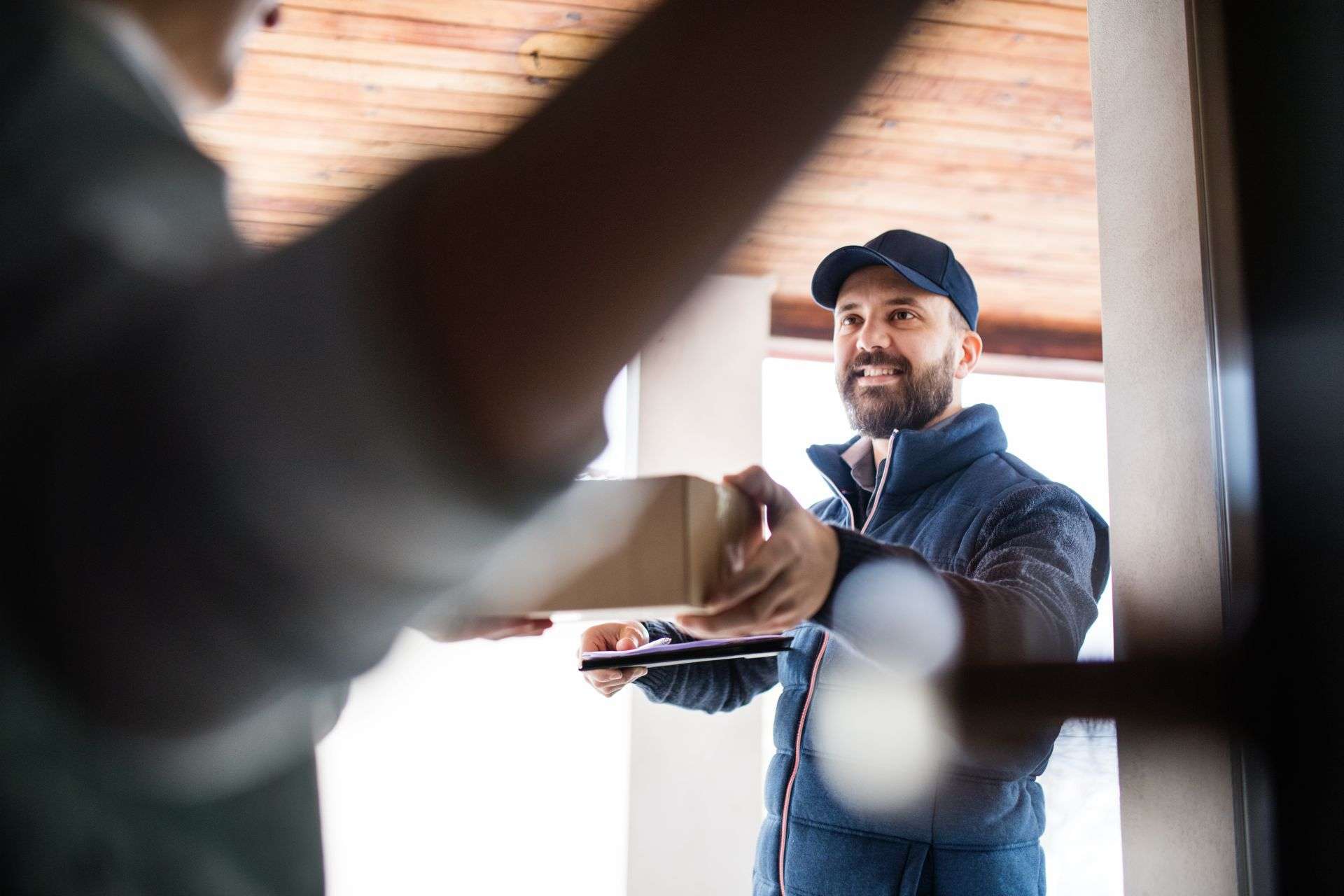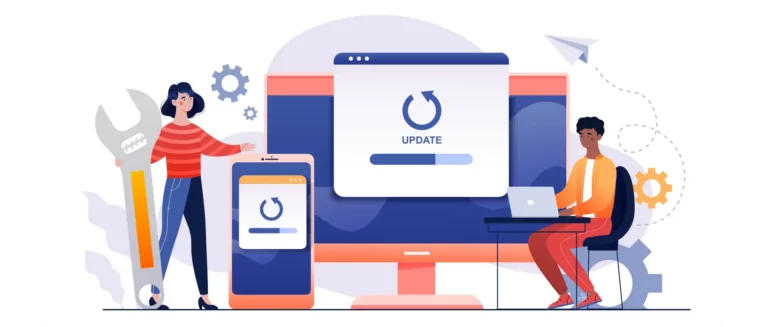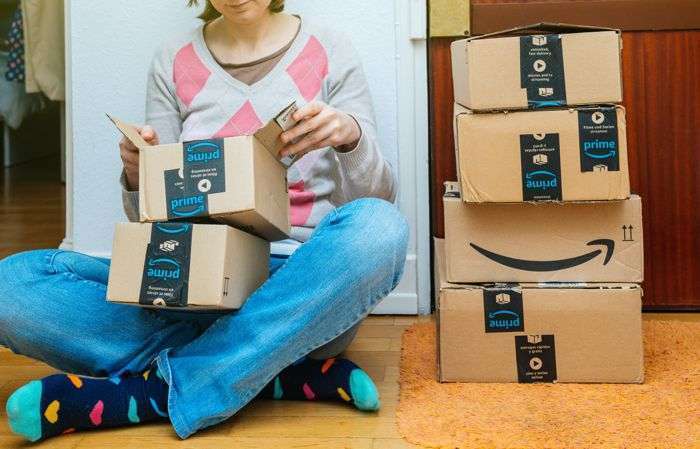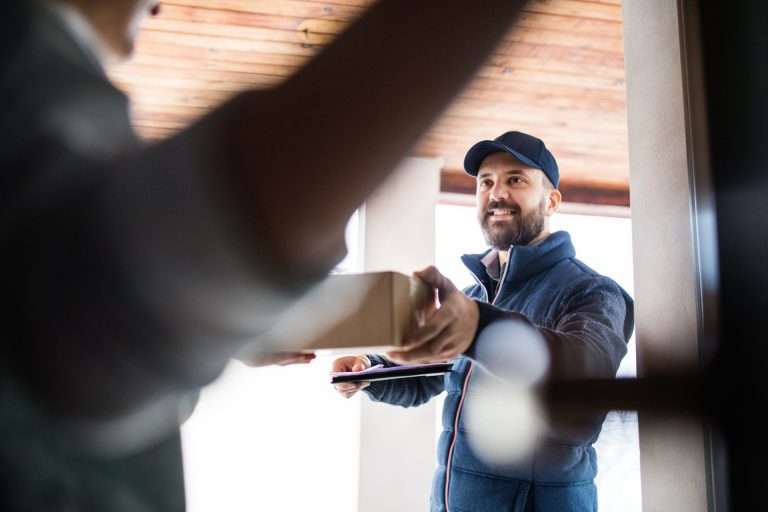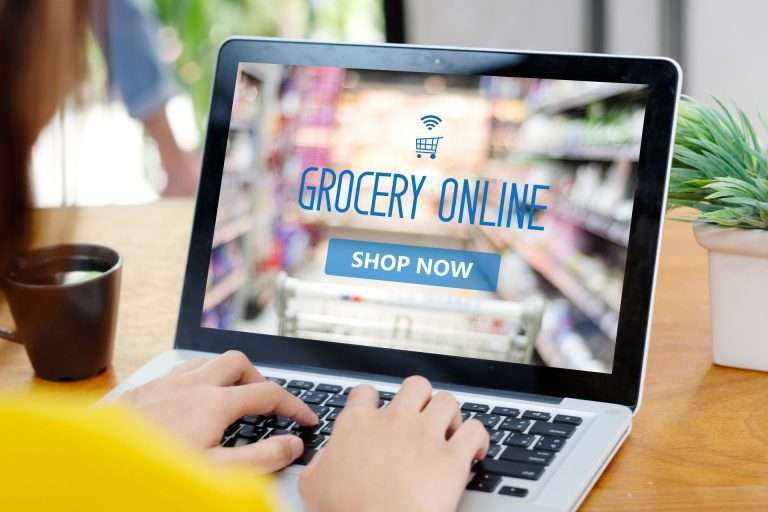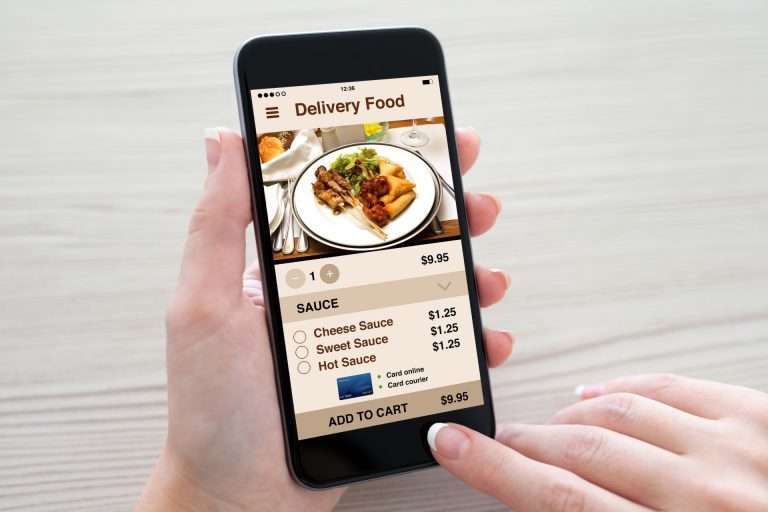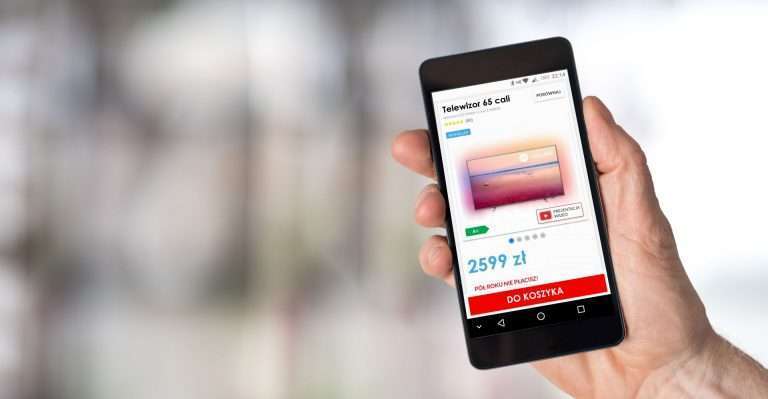Modern consumers are used to the many delivery options offered by the best online stores. Next-day or even same-day deliveries, a choice of specific delivery times, the ability to have a package delivered to your door or pick it up at a PUDO or parcel locker. There are many options and more and more consumers, in every demographic group, expect convenient, multi-channel deliveries, tailored to their needs or… the need of the moment.
The ease of delivering almost any product anywhere, anytime, has permanently changed consumer habits. Even when the Covid-19 pandemic ends and the strict social distancing rules that have boosted e-commerce sales so much over the past year are lifted, it is unlikely that consumers will give up these conveniences.
Shipping is one of the fundamental elements of building customer loyalty to a brand
A survey of 1,000 consumers by Lasership found that shopping behavior has changed dramatically compared to before the pandemic. 99% of consumers surveyed indicated that shipping affects brand loyalty. But the more important message for e-commerce owners is another result: 84% would be unlikely to buy from a store again after one negative delivery experience.
This is probably why we are currently in the process of migrating customers between e-shops. Due to the rapid increase in e-shopping during the pandemic and, at the same time, difficulties in maintaining a smooth logistics chain, among others by courier companies (an increase in orders, with simultaneous restrictions and lockdowns), e-consumer satisfaction with the quality of deliveries has fallen just as rapidly. Only 67% of respondents have positive experiences with deliveries during the pandemic, while previously it was 80%.
The ever-increasing consumer demand for the fastest possible deliveries is a challenge for smaller retailers. They are struggling to compete with the big players in providing customers with affordable or free same-day deliveries. This will be crucial to their survival in the near future.
According to the Chamber of Electronic Economy, around 11 thousand new e-shops have been created in Poland since March last year. However, experts claim that only one in three of them will survive on the market. The future is supposed to belong to the big players.
In turn, according to PwC data, the value of the Polish e-commerce market in 2020 is about PLN 83 billion. The market is expected to grow by about 12% annually, to reach PLN 162 billion in 2026. However, large entities will be mainly responsible for the double-digit growth.
Compete on deliveries with a smart delivery strategy
What can owners of smaller e-commerce entities do? As we have shown, tailored delivery options have a big impact on customer loyalty. However, you do not have to invest a lot to adapt your supply chain to these requirements. A smart strategy using the right tools will allow you to effectively compete with larger entities.
Capgemini research shows that 73% of online shoppers say that receiving a package at a time convenient for them is more important than speed of delivery. Respond to this need effectively!
How? Start by choosing the right tool that will automate this process. With Power Hub, your customers can decide for themselves when they want to receive the ordered goods. The tool contains real delivery times for individual services and carriers, correlated with the recipient’s postal code. Thanks to this, you can dynamically show the customer the delivery time of their order along with an accurate estimate of delivery costs from the level of the e-shopping cart. Power Hub supports a wide range of delivery options consistent with the services offered by 22 of the most popular carriers in Poland, including: SAME DAY delivery in the local service and NEXT DAY delivery by the hour or in hourly intervals.
With Power Hub, you provide convenient delivery options while building a repeatable, positive experience for your customers.
You don’t need a kaleidoscope of solutions, just one complete, simple and intuitive tool
The delivery times widget in Power Hub works in a simple and immediately understandable way for the customer. Mainly due to the modern, “tile” interface.
The delivery date is selected directly from the calendar by selecting a specific tile, i.e. the delivery time slot on the preferred day. Each tile immediately shows the delivery price. In the case of free transport, the tile is marked as “free”. Periods in which deliveries are not possible, e.g. holidays, are not automatically available.
***
Research shows that e-consumers require reliability, which translates into the credibility of entrepreneurs. If we agree on something, it is not for the sake of it being different. Therefore, regardless of whether the order is Same Day, next day delivery or a specific hourly interval, the delivery must be made on time according to the agreement.
Delivery isn’t a panacea for every retail problem. But creating a positive customer experience with your deliveries is certainly one of the best ways to differentiate and retain your brand. The big players certainly have deeper pockets and their own global supply chains, but when it comes to personalized and intuitive services and tools that build a positive customer experience, you may have an advantage over them.

